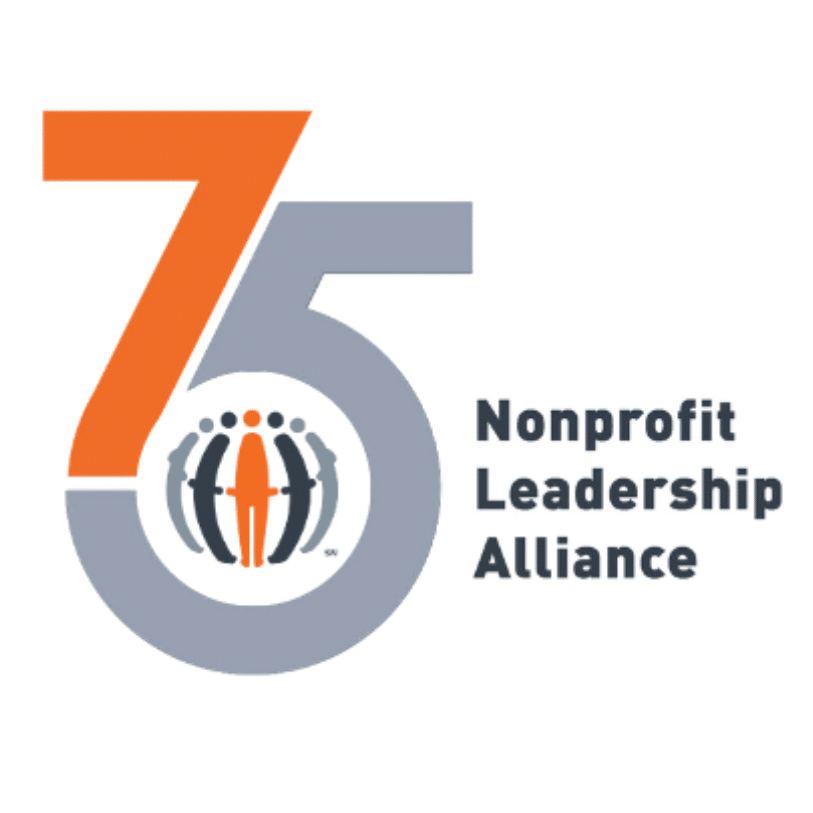Whether you’re fundraising for an alumni/ae association or an animal shelter, external economic factors can greatly impact your campaign’s success. While large-scale events like country-wide recessions are generally out of your control, you can predict certain shifts before they happen and adjust accordingly to mitigate financial risk for your nonprofit.
In this guide, we’ll discuss a few economic factors you should be aware of so you can secure your organization’s financial stability throughout turbulent times:
- Inflation
- Interest Rates
- Financial Technology Advancements
- Consumer Confidence
As we review these economic factors and trends, consider your team’s general comfort level with economics. Understanding these concepts and trends can help your nonprofit achieve financial sustainability, so be sure to provide adequate financial and economic training for your team.
Inflation
What is it?
Inflation is the rate of increase in the prices of goods and services over time. High inflation rates can result in higher prices and reduced purchasing power.
How can it affect nonprofits?
- Increased operational costs. When dealing with expenses such as your staff’s salaries, rent for your office, and marketing your fundraising campaigns, higher prices can mean a greater financial strain on your organization and less funding going to your mission.
- Decreased donation value. The value of your donations may also decrease during periods of high inflation. For instance, let’s say a donor gives $500 per year to a food bank, which provides 350 meals. As food prices increase due to inflation, the same $500 donation might only be able to buy 300 meals in the future.
- Budgeting challenges. Nonprofit budgeting is all about forecasting your future expenses, but inflation makes prices unpredictable.
How can nonprofits mitigate its impacts?
One main tip here is to leverage free or reduced-cost materials whenever possible. Is your office rent a major financial strain? Switch to a remote work model (or rent out a coworking area if you prefer a hybrid environment). How about marketing costs? There are plenty of free nonprofit marketing and fundraising tools you can try.
Also, openly communicate with your donors when inflation is weighing on your nonprofit. Your supporters are there to help you achieve your goals, so if you mention that prices have gone up in your fundraising appeals, those with the capacity to give might increase their contribution.
Interest Rates
What is it?
Interest rates represent the cost of borrowing money. For example, if you borrow $10,000 with an interest rate of 1%, you’re expected to pay back $10,100 in total. Additionally, if your nonprofit has a savings account or other investment, you’ll earn interest on that money as determined by the bank.
How can it affect nonprofits?
- Borrowing/loan costs. Nonprofits might rely on loans to sustain long-haul projects like capital campaigns or even to cover daily expenses. Higher interest rates mean nonprofits must borrow less to remain financially stable.
- Investment income variability. For nonprofits with endowments invested in interest-bearing accounts, interest rates impact the value of these investments (as these interest funds are usually what nonprofits take for their mission).
How can nonprofits mitigate its impacts?
The bottom line here is to avoid putting all of your eggs in one basket. Diversify your nonprofit’s investments so your portfolio has many interest rate-sensitivities, allowing you to remain stable throughout various interest rate fluctuations.
Financial Technology Advancement
What is it?
Financial technology (or FinTech) refers to digital solutions or automated processes that streamline traditional financial practices, such as transferring money or monitoring stock value. In the digital age, technology evolves at a remarkable rate, so understanding how existing technologies change and when new ones arise is crucial.
How can it affect nonprofits?
- Expanded fundraising potential. Offering more ways to give logically means you can cater to additional donor preferences and improve fundraising outcomes. For instance, if a donor has cryptocurrency, they can donate that directly to your organization without going to the bank and transferring monetary assets.
- Operational efficiency. As 360MatchPro’s guide to fundraising automation states, technology is crucial for streamlining everyday operations within your nonprofit. Leveraging FinTech solutions like donation processors can help you save time and resources that can be used towards funding your programs or overhead costs.
How can nonprofits mitigate its impacts?
FinTech has the potential to elevate your nonprofit’s fundraising efforts, both by boosting efficiency and opening up new fundraising avenues — if it’s used correctly. Ensure your team is trained in best practices and stays up-to-date on any form of FinTech you decide to leverage, from donor-advised fund (DAF) management platforms to mobile payment apps. Ultimately, the annual and transaction costs for new technologies should result in increased revenue, reduced personnel costs, or ideally both!
Consumer Confidence
What is it?
Consumer confidence is the degree of optimism consumers feel about their financial health and the economy. It’s measured through surveys, economic trend analysis, and changes in overall spending power.
How can it affect nonprofits?
- Diminished fundraising potential. When customers aren’t optimistic about the economy, it takes more effort on your fundraising team’s part to convince them that your organization is a worthy investment.
- Service utilization. Depending on your nonprofit’s focus, decreased economic activity resulting from a lack of consumer confidence can drive more demand for your services. For instance, if you run a food pantry, economic hardships might lead more people to seek out your services so they can feed their families.
How can nonprofits mitigate its impacts?
As with any fundraising effort, your nonprofit needs to tie your work’s real-world impact with emotions to resonate with your audience. For instance, if you’re fundraising for a fraternity or sorority alumni/ae association during a recession, you could explain that funding your networking opportunities is more important than ever to help members find jobs in the unpredictable economic climate.
Managing a nonprofit can be challenging, economic factors notwithstanding. However, by staying vigilant, educating your team, and adapting to new technologies like AI, you can weather any turbulence the economy may throw your way.
Did you enjoy this story?
Get nonprofit tips and tools delivered right to your inbox by joining The Nonprofit Leadership Alliance Newsletter. Our bimonthly newsletter will make sure you know what’s happening with our network of social sector leaders.
Learning Management System for Nonprofits: A Complete Guide
Education is a key element of the services that organizations provide to their communities. Learn how a learning management system for nonprofits can help.
Nonprofit Courses | Professional Training for Social Good
Think back to when you first got your start in the nonprofit sector. You may have had experience as a donor or a volunteer before, but you had a lot to learn when you
Busting the Overhead Myth
How can nonprofits convince stakeholders to invest in capacity building? Capacity building is whatever is needed to bring a nonprofit to the next level of operational, programmatic, financial, or organizational maturity, so it may



